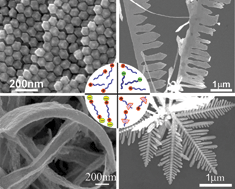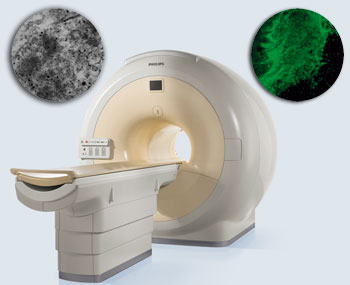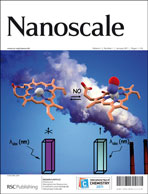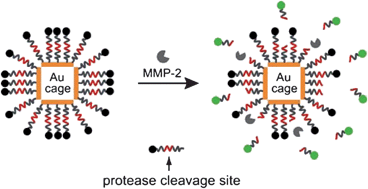 New Nanoscale Feature Article
New Nanoscale Feature Article
Surfactant-assisted, shape-controlled synthesis of gold nanocrystals
Junyan Xiao and Limin Qi
Nanoscale, DOI: 10.1039/c0nr00814a
This week at Nanoscale we have a published a Feature Article on the shape control of gold nanoparticles using surfactant systems. In this work, the authors Junyan Xiao and Limin Qi provide a comprehensive review of the techniques used to grow anisotropic gold nanoparticles, starting with an overview of the general strategies, before delving deeper into the role of surfactants in the production of some truly remarkable nanostructures. The descriptions of the various growth mechanisms are accompanied by excellent schematic diagrams which provide a valuable insight into the complexities of crystal formation and growth.
It is well known that gold nanoparticles have many unique chemical and physical properties, and there is much interest in applying them in a wide range of exciting applications. For example, they have been studied for use in nanoelectronics, drug delivery, catalysis, sensing, and photothermal therapy, to name but a few. Importantly, they exhibit particularly strong absorption and scattering of light due to localized surface plasmon resonance, a property which will be harnessed in the development of some revolutionary bioimaging devices. However, if these potential applications are to be realized, the growth of gold nanoparticles needs to be highly controlled in order exploit different properties which arise as we change their size, shape and surface chemistry.
Surfactants are vital in nanoparticle synthesis. Not only do they provide a protective capping layer and a means of conjugation, but they play an active role in particle nucleation and growth. Therefore, the choice of surfactant, or the design of a surfactant system, is crucial. In this review, the authors focus on gold nanocrystal synthesis assisted by single surfactants, mixed surfactants, supramolecular surfactants, as well as metal–surfactant complex templates.
To read this article, click here.














 New Nanoscale Communication
New Nanoscale Communication